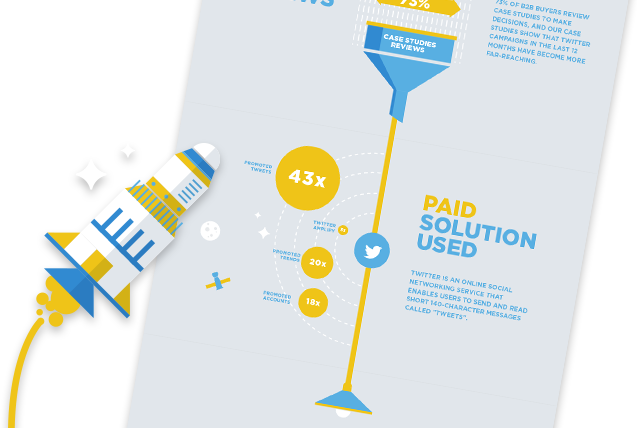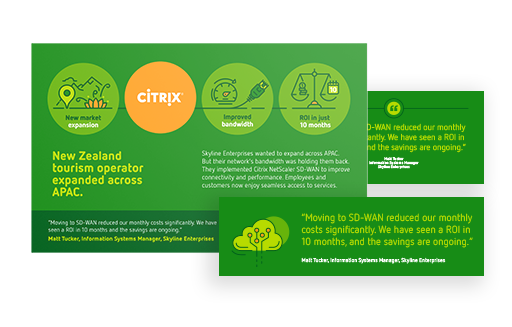
When it comes to Advocacy activities, there is no such thing as “one shoe fits all”. Just as all Advocates are not equal, all Advocacy activities are not equal either which means there is something in there for anybody to do.
High-Touch Activities
High-touch activities are when advocates consistently give their time and energy, demonstrating a high level of commitment. For that reason, they are also the most sensitive engagements to manage and promote as part of a Customer Advocacy Program.
Examples of High-touch activities:
- Customer to Customer Calls: When an advocate participates in a meeting with a prospect to share their experience and results with a specific product or solution.
- Site Visit: Advocates host a site visit to their offices or place of business and provide prospects with a demonstration of your product or service.
- Event Speakers: An advocate participates in an event as a keynote speaker, presenting the benefits of your product or service, representing a public endorsement in front of a large audience.
- Participation In Analyst Relations Studies: An advocate provides testimony to independent research and consulting firms that publish influential market research reports to better position your products.
- Roundtables: Participation in roundtable discussions in which they will discuss a topic with other advocates or providers in front of an audience.
- Customer Advisory Boards: Bringing a group of customers together regularly to share feedback and advice with your company regarding their experience with your products and services and how they relate to their priorities and strategic goals.
Low-Touch Activities
Low-touch activities generally don’t require the advocate’s active participation, or the time commitment is treated as a one-off affair. They are centered on amplifying storytelling assets or leveraging the advocate’s name or endorsement to drive your advocacy objectives.
Examples of low-touch assets and activities:
- Written stories: The most common asset in customer advocacy, they bring out the key aspects of the customer’s success, in a structured format, and leverage quotes from the customer to add authenticity.
- Recorded References: Whether audio or video, they include facts and figures, and an authentic retelling of the story by your customer in their own words.
- Logo Walls: Logos of companies that endorse your products or services. They can be used on websites, during webinars or events, or presented to other prospects during private meetings to prove market adoption and drive trust.
- PR & Media: The publication of blog posts or joint press releases in which the advocates showcase their thought leadership alongside your products or brand.
- Name Drops: Use the names of companies that are endorsing your products and services in both private and public settings. Names can be used during webinars, events, or in private meetings with prospects to prove market adoption and drive trust.
- Product Reviews: The publication of product reviews on specialized websites such as G2 and TrustRadius. These require less time commitment from advocates than customer stories but have an equally important impact.







